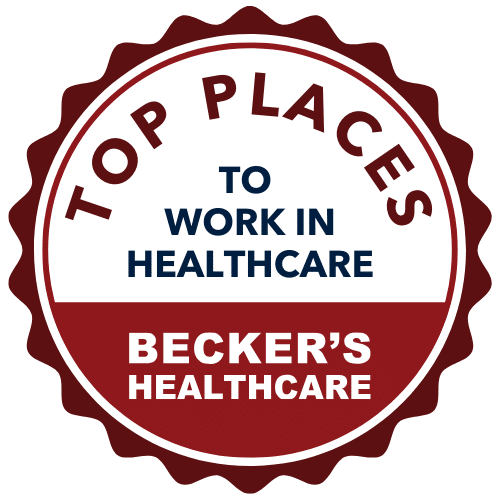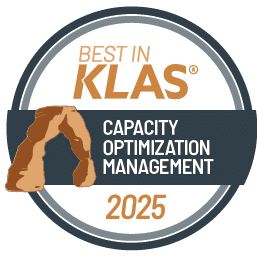










Gartner featured LeanTaaS and Baptist Health in a recently published “Case Study: Take an AI-Based Approach to Operating Room Scheduling and Utilization” (Gartner, Barry Runyon, August 2022). Findings include that Baptist Health increased its operating room prime time utilization by 16% across the health system.
Take the first step towards unlocking capacity, generating ROI, and increasing patient access.